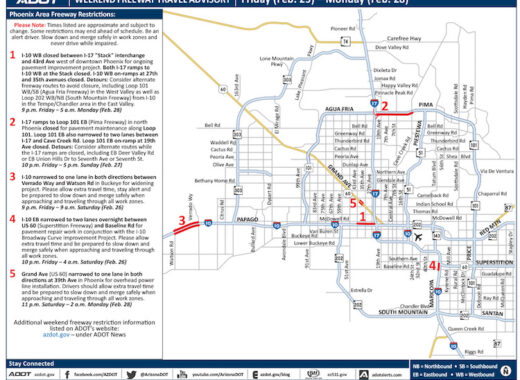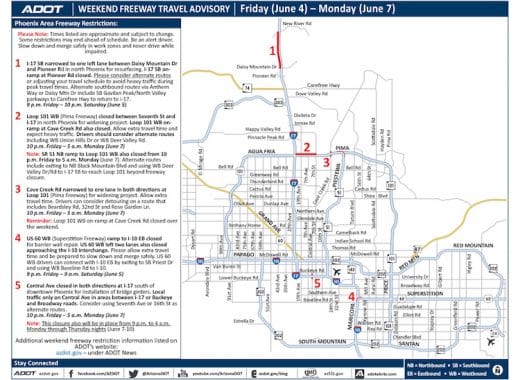With the spring season upon us and low chances of rain until mid-summer, Banner Health experts are warning that Valley fever cases are likely to rise.
To get ahead of serious cases, Banner Urgent Care facilities have implemented a new Valley fever dashboard, which gives medical experts real-time information about Valley fever activity in Arizona, especially in Maricopa County. Information includes important data from Banner Urgent Care clinics to show medical providers the percentage of individuals in the Banner Health network who have tested positive for the disease, as well as symptoms.
“Valley fever is an infection caused by breathing in spores of fungus found here in the Arizona soil,” says Dr. Robert Johns, Medical Director of Banner Urgent Care. “Valley fever can occur all year round but is especially likely when the ground dries out and those fungus spores get into the air. It’s endemic to the southwestern United States.”
Dr. Johns explains that severity in Valley fever infections range from mild to severe – most people start with symptoms of fever, fatigue, cough, chest pain, rash, and joint pain – and many people can recover without medical intervention. However, when the disease progresses, that’s when it becomes more serious, and those symptoms include acute respiratory failure, lung nodules, lung cavities, and infections beyond the lungs like meningitis.
“We’ve worked closely with Dr. John Galgiani, the Director of The Valley Fever Center at Banner University Medical Center, to better determine urgent care patients that may need to be tested for Valley fever, especially those who don’t have respiratory symptoms,” Dr. Johns said.
Right now, Banner Urgent Care is implementing a process that will test all patients with pneumonia for Valley fever, unless another cause has been determined. Providers also look at the other common infection symptoms to determine whether to test.
“About half of all Valley fever diagnoses in Banner Urgent Care are made in patients who don’t technically have clear cut pneumonia,” notes Dr. Galgiani. “That means other patients with more vague symptoms of persistent fatigue, respiratory symptoms, arthralgias, and rashes might also be good candidates for Valley fever testing.”
The Valley fever dashboard is another tool that helps Banner Urgent Care providers focus on the Valley fever landscape, understand its prevalence in the area, and determine when spikes in cases are happening.
Dr. Johns says that patients who develop a certain pneumonia from Valley fever, if not treated appropriately, can progress to hospitalization, ventilation, and/or surgery to remove part of the lung.
“We want to get ahead of that to make sure this doesn’t happen to anyone,” said Dr. Johns.








